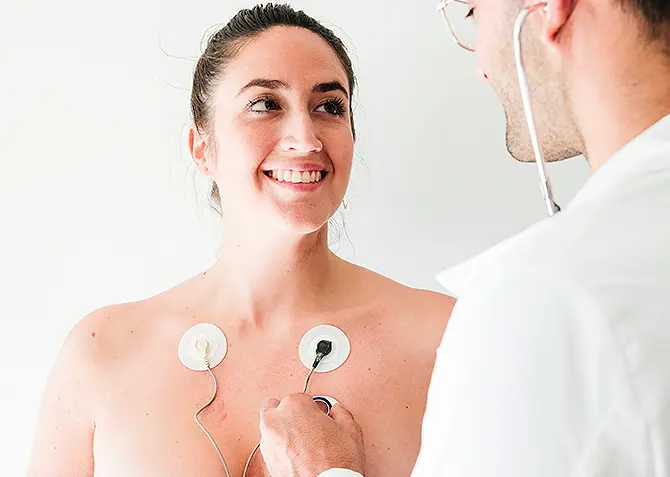Adult Cardiac Surgery
Adult Cardiac Surgery includes all procedures performed on patients aged 18 or over that involve the heart or structures attached to the heart. For the purposes of the Audit these operations involve surgically opening the chest wall and usually the pericardium (the sac around the heart). The most common of these procedures are: Coronary Artery Bypass Grafts (CABG), Valve surgery, operations on the Thoracic Aorta, or a combination of these.
Procedures on the heart performed with catheters (tubes inserted via arteries or veins to access the heart) are usually performed by interventional cardiologists rather than surgeons, and are included in several other national audits overseen by NICOR, and are therefore not included here.
Mitral Valve Surgery Conventional (Classic, open) surgery:
Mitral valve surgery involves the replacement or repair of the mitral valve, which provides the passage of blood flow from the left atrium to the left ventricle. Blood passes between the heart chambers with the help of heart valves. When the valve closes, keeps blood from flowing backward.
In conventional mitral valve surgery, the surgeon opens the rib cage to reach the heart. An incision of approximately 20 cm to 30 cm is made on the patient's anterior chest wall. After reaching the heart, the mitral valve is reached with a separate incision made on the heart. Here, mitral valve replacement with a bioprosthesis or mechanical valve, and after mitral valve repair, annuloplasty procedure is usually performed with a supporting ring of the valve ring. In these surgeries, the heart is usually stopped and a heart-lung device is used. This device provides circulation when the heart and lungs are not working. There is a responsible healthcare professional using this device.
These surgeries are performed under general anesthesia. Generally, there is an operation time between 4-6 hours. After surgery, the patient is taken to the cardiac surgery intensive care unit. Here he is followed by a cardiac anesthesiologist and cardiac surgeon. After the operation, patients wake up 2-4 hours later and leave the ventilator 4-6 hours later. On the night of the operation, the patient is mobilized in the intensive care unit. It goes into service the next day. The patient is discharged 5-6 days after the operation.
After the mechanical valve replacement procedure, the patient uses the drug called Coumadin (warfarin) for life. In addition, the dose of this drug should be adjusted intermittently by the doctor following the patient. The life of the valve used after the mechanical valve replacement can be extended up to 20 years.
After bioprosthesis valve replacement or valve repair, aspirin is used more frequently as a blood thinner. Bioprosthesis valve durability can be extended up to 10-15 years. After repair, this time of valve durability could be the range of 5-12 years. When the operation is terminated after the valve replacement, the cut sternum bone is reconnected with steel wires. These wires remain in the patient's body for life. It takes 3-6 months for the bone to come back together and become stable.


